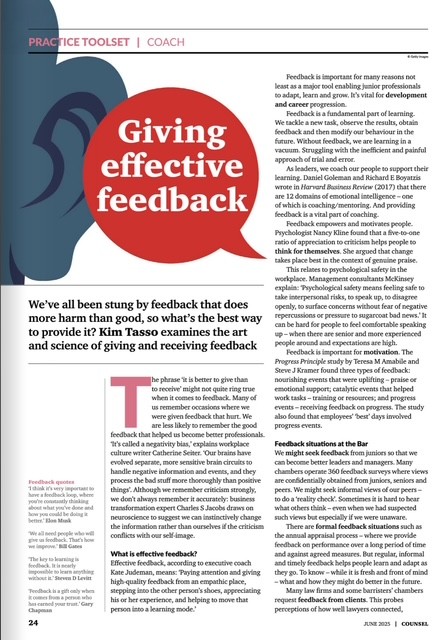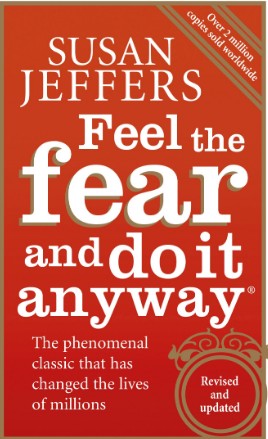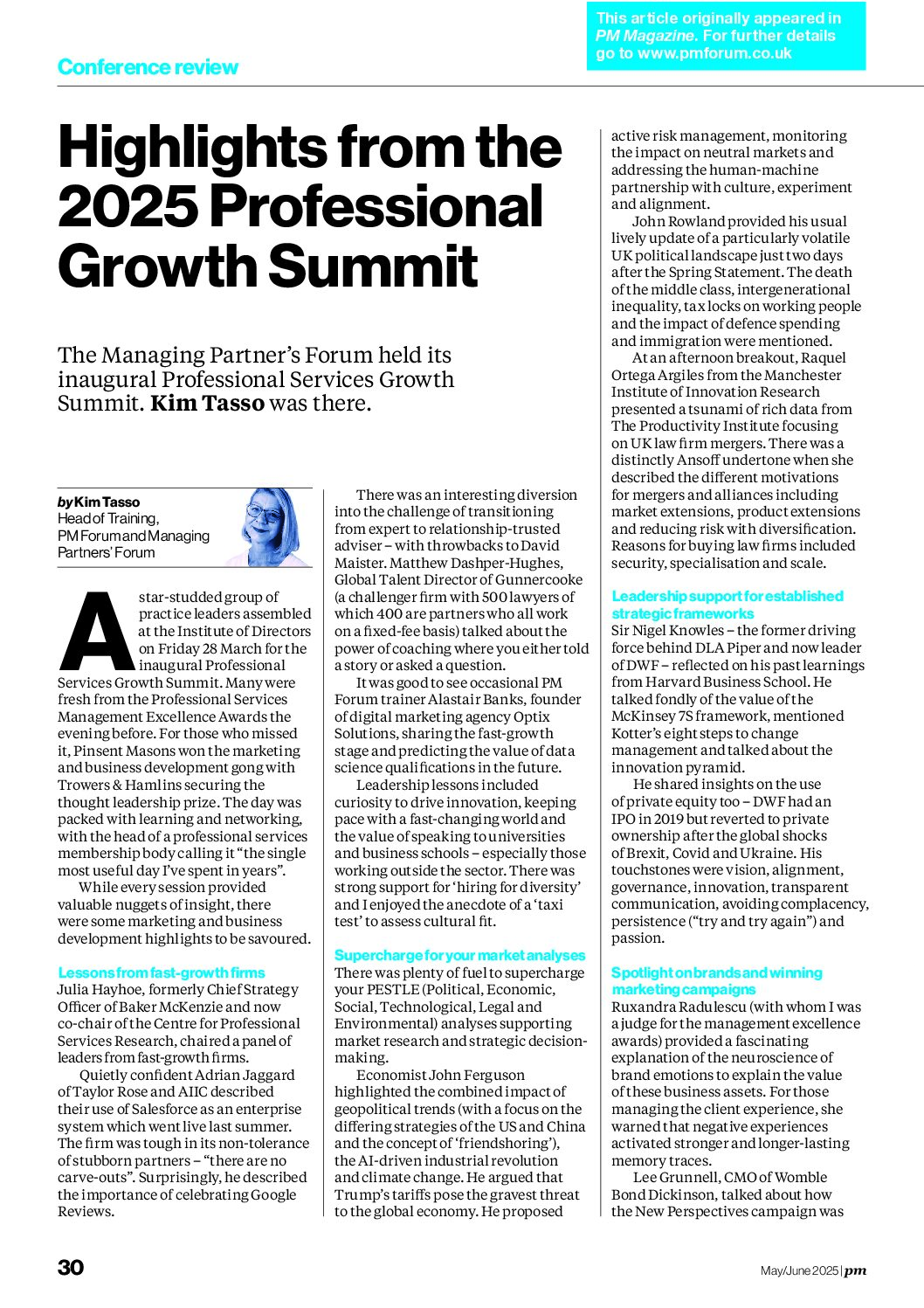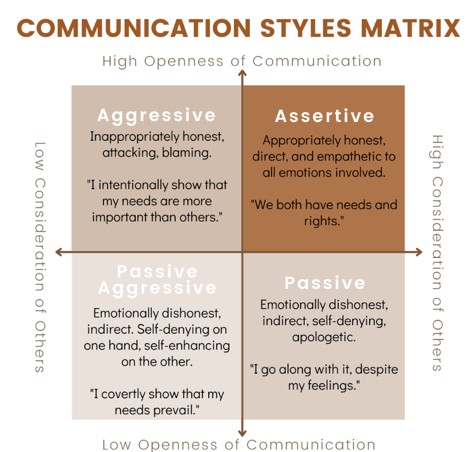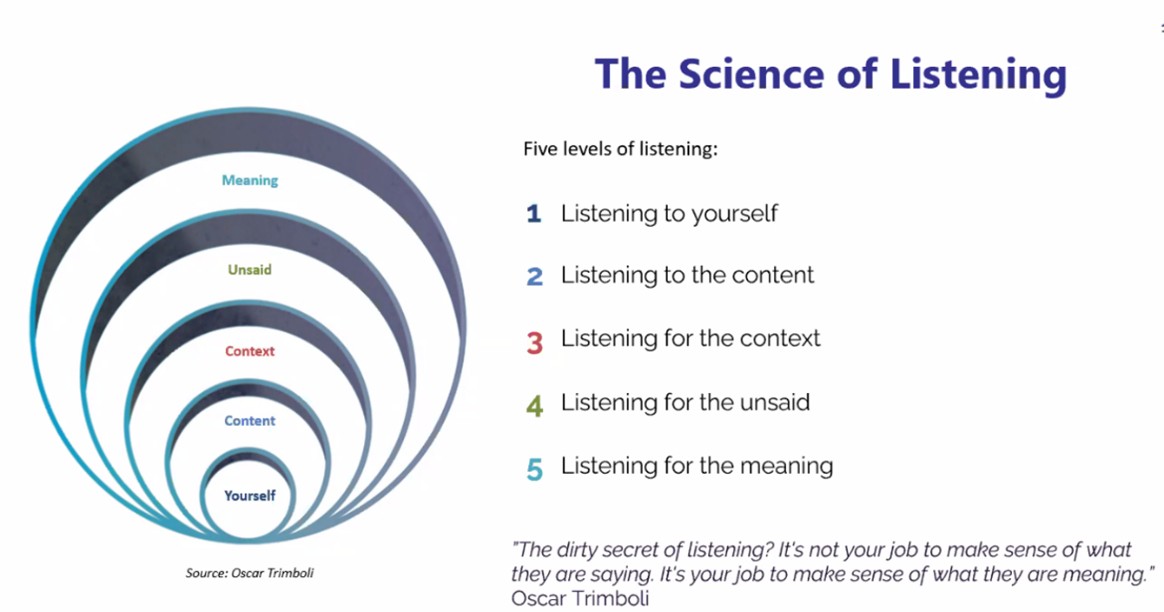Conflict – whether internal amongst colleagues or external with clients and suppliers – is an inevitable part of life and I have previously written about conflict management (see, for example http://kimtasso.com/nine-ideas-for-better-conflict-management/) and negotiation (http://kimtasso.com/10-practical-tips-fee-price-negotiations/).
At a recent series of conflict management and negotiation skills workshops with leading property partnerships and teams at law firms, the topics and ideas generating most interest were as follows:
1. Avoid fuelling the conflict spiral
Sometimes you can unwittingly become involved in and help fuel a conflict spiral. For example, by accepting the views and perspective of someone in a conflict you join “their” side (triangulation) and help them build a position. They might then enrol others in escalating the conflict.
The key here is to ask about and challenge the material you are presented with. This way you will be bringing some objectivity and other perspectives into the discussion and potentially helping to avoid a conflict from escalating.
2. Use empathy to see different perspectives
Empathy is a key part of your emotional intelligence toolkit. Empathy is the ability to see things from other people’s perspective. A key technique in avoiding and resolving conflicts is to see things from other people’s perspectives. People rarely set out to be deliberately difficult. Most people have good intentions at the heart of their behaviour.
Seeing things from the other party’s perspective – or even a third, uninvolved and more objective person – may enable you to identify new and alternative ways to resolve the conflict.
3. Think about punctuation
Sometimes you despair at a conflict situation because the other party keeps bringing up the past. It may be that you are rationally focusing on finding a solution to the current problem but the other party is still holding some emotional upset about a past situation.
In this scenario, you need to consider punctuation. Your view of the current problem starts at a different point to the other party’s view. So you need to consider and address the past grievance – even if it was not of your making or if you thought that it had been addressed already.
4. Separate positions and interests
If you or the other side has established a position it is easy to become entrenched and hard to achieve some sort of resolution. You are locked in battle and at a stalemate. So instead of thinking about positions you need to direct the discussion to explore interests. What is the underlying interest or need of yourself and the other party?
Often this helps you break out of positions, identify where there are common interests (by either “chunking up” or “chunking down”) and move towards resolution. This is a key technique used in negotiation.
5. Avoid labelling
As human beings, we like to form hypotheses about people – “She’s demanding” or “He’s inflexible”. However, once we have formed a hypothesis our brains work hard to filter out information that contradicts these hypotheses and only receives information that confirms them. This enables us to avoid cognitive dissonance – where external information conflicts with an internal model.
So, to help the other person perceive you and act differently, you need to first see them clearly. Identify and remove any unconscious labels you may have given them. Or perhaps to identify a different label (see http://kimtasso.com/two-big-guns-of-communication-face-time-and-reframe/)
6. Go to the balcony
Inevitably, conflict situations can ignite emotions. And – particularly in British culture where often professionalism equates with cool, calm, dispassionate behaviour – we are often discomforted when forced to deal with emotions. So we may avoid the emotions – and the conflict – which means it may grow.
When we are involved with conflict our bodies flood with chemicals that drive an emotional response. And it is harder to think rationally. So, when faced with a conflict situation, we need to recognise that our emotions are triggered and create some distance where we can get them under control and consider a more rational approach.
Going to the balcony is a visualisation exercise. It requires you see yourself and the person with whom you are experiencing conflict as actors on a stage. And then for you to emotionally leave the interaction on the stage and move up to a balcony. From this imagined vantage point you can observer – from a distance – what is going on between the two actors.
7. Trade concessions
This is the essence of good negotiation. If someone asks you for something, you only concede it if you obtain something in return. But many folk fail to consider the range of concessions that they have to trade. Sometimes we undervalue things that cost us little but might mean a lot to the other party. So spend some time thinking about things that you can happily give away in return for some movement on the other side that is important or valuable to you.




